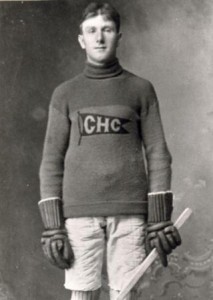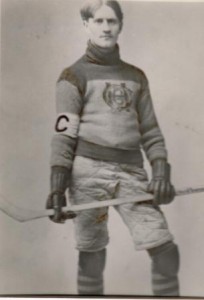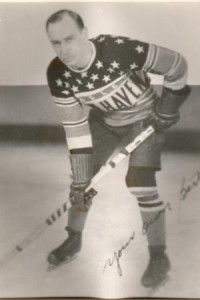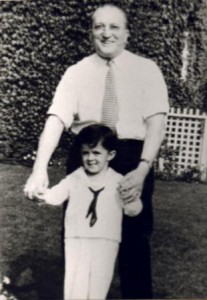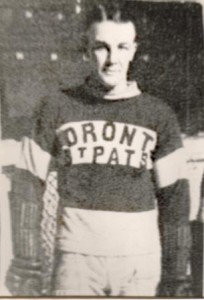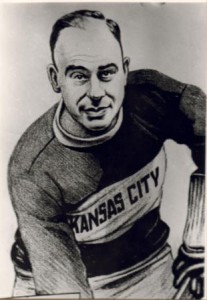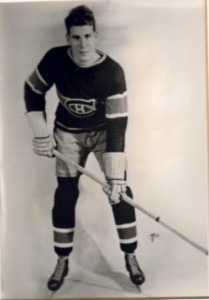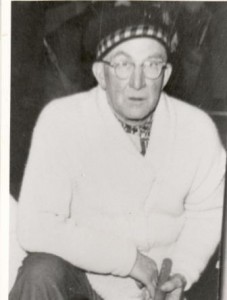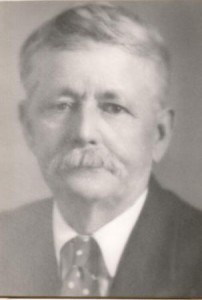 Very few old timers are alive to-day to recall the rowing exploits of Thomas “Iron Man” Foley.
Very few old timers are alive to-day to recall the rowing exploits of Thomas “Iron Man” Foley.
The glamorous days of the great waterfront regattas are long past but seventy-five years ago rowing was the number 1 sport in this neck of the woods.
Foley built his own sculling shell and he learned the rudiments of the game without benefit of a professional coach. But he met and defeated some of the greatest scullers of his days-Jack Gaudaur, father of the president of the Canadian Football League, Matt Bisley, Mel Herman, Ben Dempster, Billy Gerioux, Frank Gaudaur, Billy Hamilton and Bob Kennedy- the rowing giants of the eighties and the nineties.
Jack Gaudaur, winner of the famed Diamond Sculls and a consistent winner in the Henley-On-The-Thomas classic, met Foley twice. Foley beat him in Midland and Jack reversed the decision in Orillia on Dominion Day, 1896.
Bob Kennedy was the American champion seven years in a row and Tom Foley beat him twice in one afternoon.
At the height of his career he hung up his oars. He was in the process of raising a large family and building a successful leather tanning business and he could not afford the time to train. It was Ned Hanlon,Canada’s greatest oarsman, who said. “Foley could have won a world title had he stayed another three years”.
Tom Foley died May 4th, 1939. We have always regretted that many of his trophies were destroyed in the fire which swept through the Huron Institute about 25 years ago.

